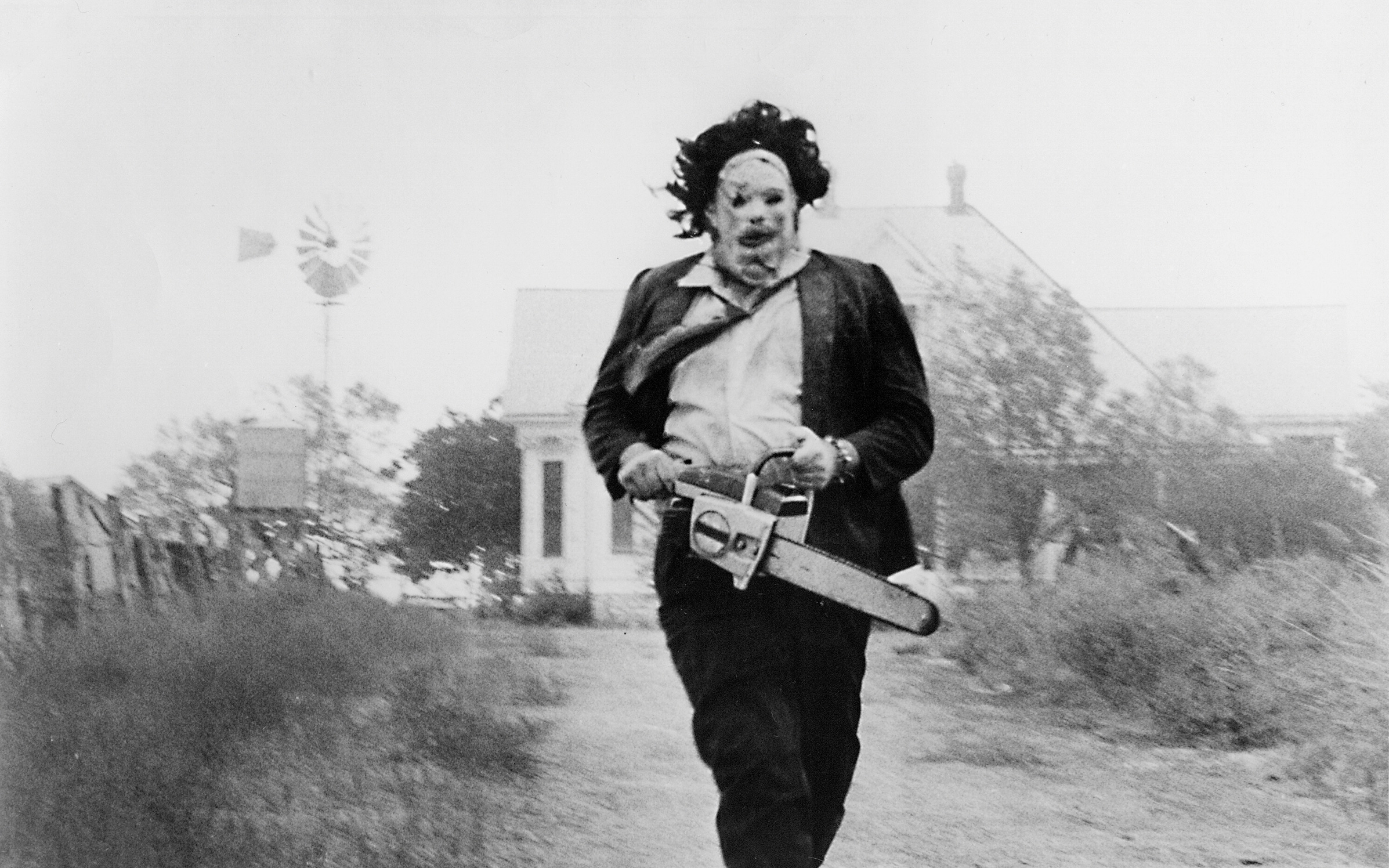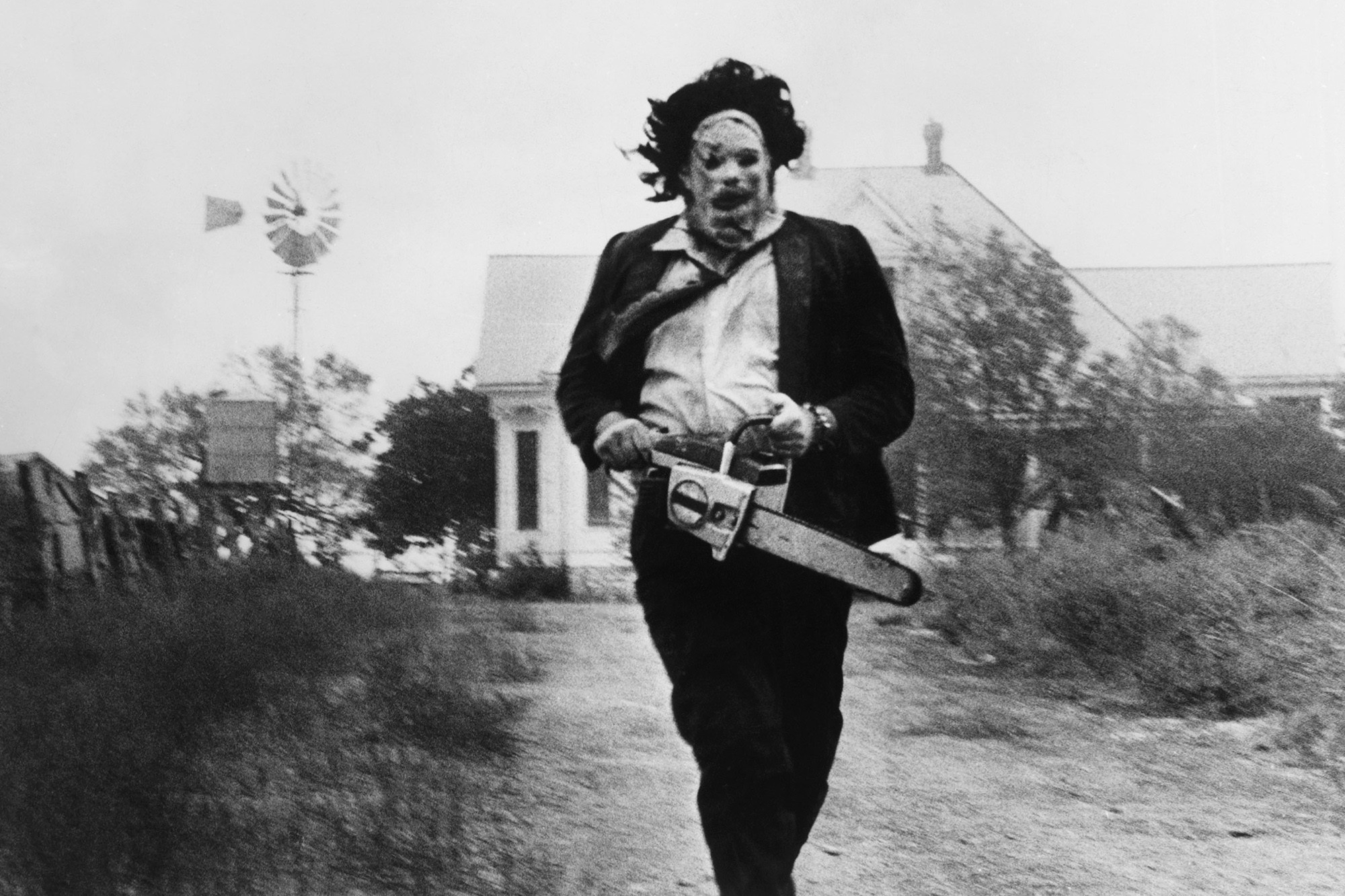


Yet given that diegetic sounds tend to merge with an unfriendly atonal underscore, it will then be necessary to examine to what extent music (whether diegetic or not) contributes to the build-up of fear. Conversely, any examination of the film’s score disconnected from the raw nature of its images and editing would only lead to a partial account of the soundtrack’s staggering effect on the audience.ĤThus, keeping in mind the director’s desire to aim at the spectators’ senses in general, but concentrating on the sense of hearing, I will first highlight the clever use of sounds that are meant to trigger a feeling of uneasiness. The Texas Chain Saw Massacre cannot be analyzed without a minute perusal of its aural structure, for if the latter were to be ignored, most of the impact of the film would then be missed. Indeed, when experiencing the film, the audience is assaulted by many sorts of hostile sounds, and even when some supposedly reassuring diegetic country music can be heard, the contrast established with the rest of the unfriendly atonal score is such that uneasiness inevitably intensifies. For a thorough analysis of it, one had better read the section that David Roche devotes to the “orchestrated dissonance” of Tobe Hooper’s film in Making and Remaking Horror in the 1970s and 2000s (190-211).ģStarting from this pre-existing research, I will nonetheless try to go off the beaten track by showing the prevailing role of the film’s soundtrack in the director’s attempt at producing discomfort in the spectators’ minds and bodies. Throughout his analysis, Thoret focuses on the key idea of excess, but surprisingly enough, he does not really develop his thoughts on the film’s soundtrack properly speaking.

In France, Jean-Baptiste Thoret has also brilliantly studied Hooper’s film and has underlined the importance of the soundtrack in the introduction of his book for him, it is a “real chamber of sonorous tortures,” and the film is characterized by the “auditory horror” it conveys (9, my translation). Agreeing with Darwin, Lerner admits that music can awaken gentle feelings like tenderness and love, but he adds that it can also exacerbate feelings of horror, fear, and rage in films (VIII).ĢMany things have been written on The Texas Chain Saw Massacre (Tobe Hooper, 1974), by Robin Wood (1979) and Christopher Sharrett (2004) among others. Referring to Charles Darwin, the scholar also insists on the vital role of ears in the development of man as a species, and he even goes further than the biologist, asserting that a wider range of emotions can be triggered by music. 1In his introduction of Music in the Horror Film, Neil Lerner stresses the prevailing role of sounds in horror films: sounds are essential because one cannot just cover one’s ears to make the soundtrack fully disappear (whereas two eyelids are enough to cancel an unwanted image) (VIII).


 0 kommentar(er)
0 kommentar(er)
